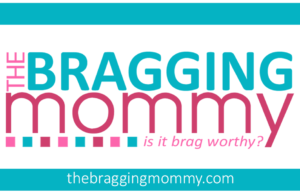Auto accidents involving children are, unfortunately, still too common. In 2021 alone, 711 children ages 12 and under were killed in motor vehicle crashes in the U.S. Additionally, over 63,000 were injured in crashes in 2020. Of the children killed, a startling 36% were not properly buckled up in car seats or seat belts.

While car seats are designed to protect children in the event of a crash, many parents wonder if the seats need to be replaced after being involved in even a minor fender bender. Read on for guidance on determining if your child’s car seat needs to be replaced after an accident.
Look for Damage
First, thoroughly inspect the car seat for any visible signs of damage after an auto accident. Cracks in the plastic frame, bent metal pieces, frayed straps, or damaged harness clips could indicate that the seat needs to be replaced. Even if the damage appears minor, err on the side of caution and get a new seat.
Severe vs. Minor Crashes
The National Highway Traffic Safety Administration (NHTSA) recommends always replacing car seats following moderate to severe crashes. This ensures the seat can continue providing a high level of protection in the event of another collision. But minor crashes may not require a new seat.
What defines a minor crash? The NHTSA says all of the following must be true:
- The vehicle was drivable after the crash and was driven away from the scene
- The vehicle door closest to the car seat was undamaged
- No passengers in the vehicle sustained any injuries
- Airbags did not deploy
- There is no visible damage to the car seat
If the accident meets all the above criteria, the seat may not need replacement. However, if any passengers were injured, airbags deployed, or you see any damage to the seat, it’s better to replace it.
Follow Manufacturer Guidance
Always check the car seat manufacturer’s recommendations after an accident. Many advise replacing a seat after any collision, even if it meets the criteria for a minor crash. Review your car seat’s manual or contact the manufacturer directly to check if they recommend replacement following all crashes.
Buying Second-hand or from Unknown Retailers
To save money, some parents may consider buying used seats or ones from unfamiliar online or local retailers. But this comes with serious safety risks.
Used car seats likely have an unknown crash history. There may be damage or deficiencies you cannot see that could reduce their effectiveness in a collision. And seats from third-party sellers online may not meet federal safety standards. Unexpectedly cheap car seat prices may be a red flag.
The average price for a new rear-facing infant seat tested by Consumer Reports is around $250. Significantly lower prices could indicate the seat is non-compliant, intended for foreign markets, or unsafe.
Check for Proper Labels
When purchasing a new or used seat, always check for the proper safety labels to ensure it meets U.S. regulations. Approved seats must have:
- A statement that the seat complies with all applicable federal motor vehicle safety standards
- Instructions for proper use and installation
- Manufacturer’s name and contact information
- Date of manufacture
Seats lacking this labeling likely do not meet safety requirements. Avoid purchasing or using hand-me-down seats with missing labels. Contact the manufacturer if you have any concerns about labels on an existing seat.
Prioritize Child Safety
Ultimately, do not take risks when it comes to child passenger safety. Replacing car seats after any collision, even minor, is the safest option.


